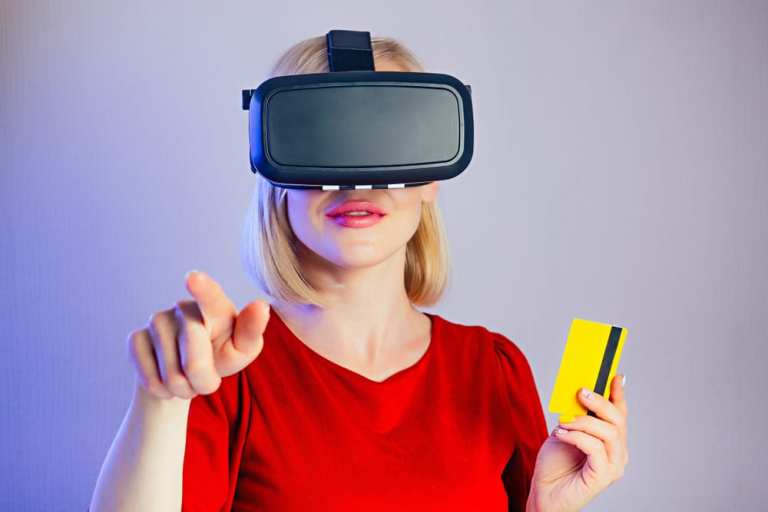
It’s not only shopping that is getting more visual via new and emerging technologies, a trend that promises to get more intense in the 2020s, especially with the deployment of 5G mobile network technology. Indeed, the entire commerce experience is getting more visual, and that will not only impact retail and retail logistics in the coming years, but will have strong ties with the process of payments as well.
To get a better sense of the changes taking place, PYMNTS recently caught up with Samuel Mueller, CEO and co-founder at Scandit, a company with roots in mobile data capture, mobile barcode scanning and mobile self-checkout for retail and other verticals.
Scandit touches the retail experience continuum across vendors and buyers, spanning functions as far-flung as shipping, receiving and proof of delivery, all the way to mobile shopping and self-checkout. The company has been using Microsoft’s HoloLens and wearable display tech in warehouse settings, letting workers glean information about inventory on screens or goggles. The company is also bringing its mobile computer-vision technology to healthcare.
Retail Changes
Indeed, the last two to three years have brought much more activity into the retail sector around mobile-based scanning and self-checkout, Mueller said. This comes after a previous bout of attention (still ongoing) around self-service kiosks in the retail space. What he explained, though, “is not a dedicated self-scanning device, but an app that blends naturally with typical mobile shopping functionality.”
Such functions form a base for more sophisticated, visually enabled retail tools, such as augmented reality and virtual reality — both poised to make significant gains in the coming decade, but currently remain in their infancy, at least when it comes to daily consumer life. Mueller gave an example of what’s coming down the pike: Imagine shopping for dinner, with a mobile app and self-scanning tech determining the dinner to make. That technology can help one choose a proper wine from shelves full of vino, overlaying information about why that particular bottle complements the food to be had later.
That’s just one example. Visual retail technology is proving itself in other areas, including home goods and furniture. In fact, according to PYMNTS research, consumers are already responding to virtual fitting rooms and stores, with profitability for retailers increasing by as much as 20 percent. Do such statistics hold true for other areas of retail that are at least starting to embrace more visuals? “It’s still a bit early,” Mueller said, but he pointed out that such capabilities are indeed making their way to grocery stores.
Coming Growth
Retail is about more than stores — it’s about warehouses and distribution centers as well. That’s where technology, such as mobile barcode scanning and visual technology, can make sure on-demand and ever-quicker deliveries get to the right place. As Mueller told PYMNTS, such tech can help with picking and other tasks, and aid drivers when a consumer, via eCommerce channels, must change a delivery address or make other changes to a shipment already on a truck.
“It’s an easy, error-free, almost-intuitive way of getting those parcels from Point A to Point B,” he said.
Healthcare is another area ripe for mobile computer-vision technology. Indeed, Scandit is making new hires to expand its presence in healthcare, and bring what the company describes as “low-cost mobile devices and computer vision” to that area of commerce. Such technology can, for instance, help make sure patients get the right medications, and that medical professionals can better track equipment and supplies.
“It enables patients to better track medication on a daily basis,” he told PYMNTS. “Think of hospitals as large, complex operations,” Mueller said, and it makes sense to bring better logistics technology into them.
So, what’s the future of these visual-centric and similar technologies? Augmented reality is all the rage, and gets a lot of hype. As PYMNTS has found, some have predicted that the emergence of augmented reality and virtual reality will completely change the way consumers shop by 2050. Mueller respectfully disagreed.
“This is going to be sooner,” he said. “We will see them much sooner, and they will exist with natural shopping experiences.”
Get ready — sight is going to become a much more important sense in retail, probably working alongside voice in many cases, which is also on the upswing. One can bet on those trends for the 2020s.